
Earthworm Watch Results
With your amazing support during the survey, we've learnt the following about your earthworm communities.
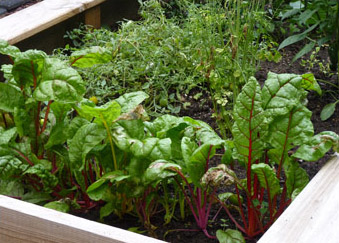
Earthworms Love Vegetable Beds
Vegetable beds had high densities of total earthworms, particularly soil-feeding earthworms. This could be because there are higher nutrients (especially nitrogen and phosphorous) in vegetable beds due to the addition of fertilisers, compost, manure etc.
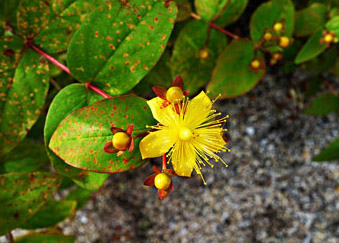
Surface Feeding Earthworms
Shrubs and hedges had the highest density of surface feeding earthworms. These earthworms feed on dead leaves rather than the soil itself, it could be bushy plants have more dead leaves dropped from the plants compared to vegetable beds where the crop is usually completely removed.
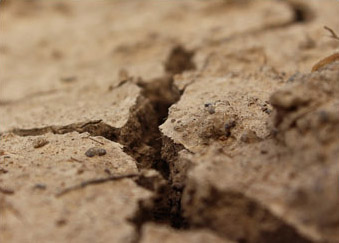
Sandy Soil vs. Clay
Sandy soils have few earthworms and clay is good for soil-feeding earthworms. Sandy soils are not as good for earthworms as they tend to have less organic matter (for food) and drain faster so are too dry for earthworms.

Victoria Burton
lead scientist
What Do the Results Mean?
Victoria Burton, Postgraduate researcher and lead scientist on Earthworm Watch commented "We found more earthworms in sites that used organic fertilisers, rather than artificial fertilisers. This suggests that adding well-rotted manure, compost or leaf-mould can increase the number of earthworms and soil health."
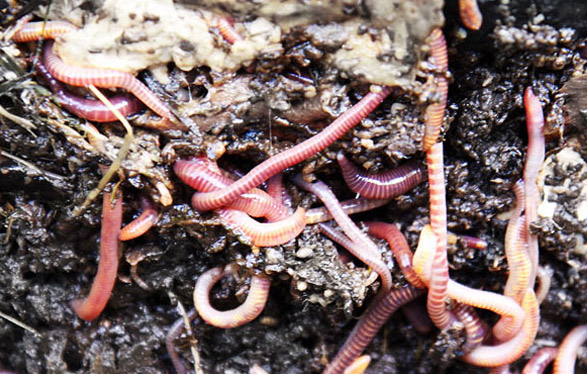
Earthworms love organic fertiliser
The data you collected shows that earthworms love organic fertiliser! There were significantly more earthworms where organic fertilisers, such as well-rotted manure, compost or leaf-mould had been applied but no increase in earthworm numbers was observed when artificial fertilisers had been used.
Encourage earthworms in your garden by using organic fertilisers, or make your compost for your garden with help from our fact sheet.
Shrubs and hedges - a haven for surface feeding earthworms
Shrubs and hedges had the highest density of surface-feeding earthworms who live within and feed on leaf litter. It seems that there is a greater abundance of material from decaying leaves which attract Epigeic (surface feeding) earthworms.
Therefore, if you want to attract surface feeding earthworms to improve your garden, try placing a covering of decaying leaf litter and organic material to encourage these earthworms who feed on micro-organisms and leaves on the surface.
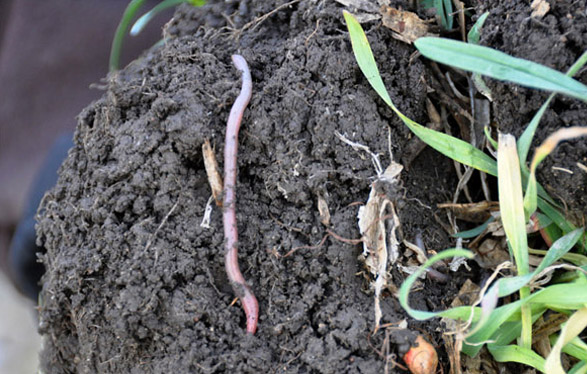
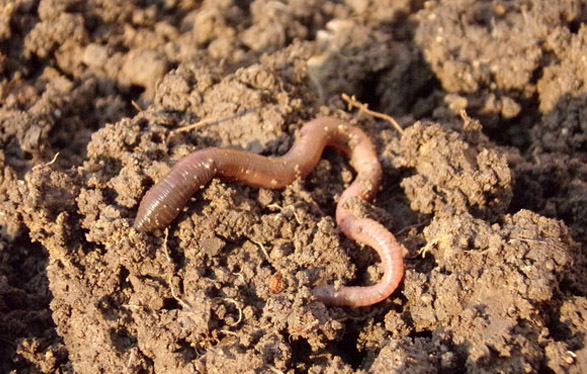
Sandy vs. Clay Soils
Consistent with other studies, sandy soils are not as good for earthworms as they tend to have less organic matter (for food). They drain faster and are far too dry for earthworms. Clay soils are better for earthworms.
They are potentially fertile as they hold nutrients bound to the clay minerals in the soil. Clay soils also hold a higher proportion of water due to the capillary attraction of the tiny spaces between the numerous clay particles. Earthworms need moist soils to survive.
Useful Links
About Us
Earthworm Watch is a collaboration between Earthwatch Institute (Europe) and the Natural History Museum in London
